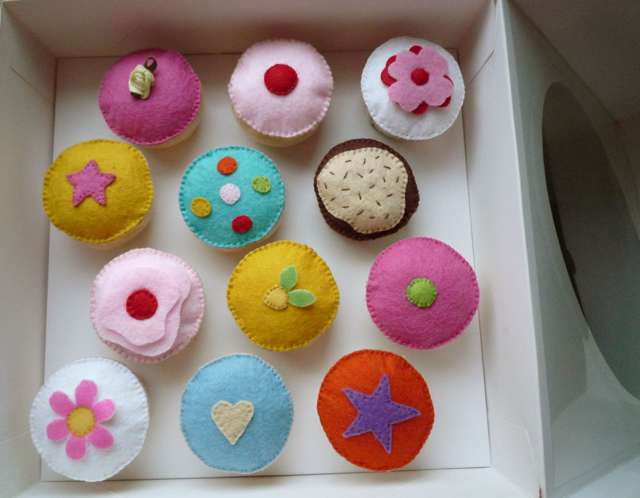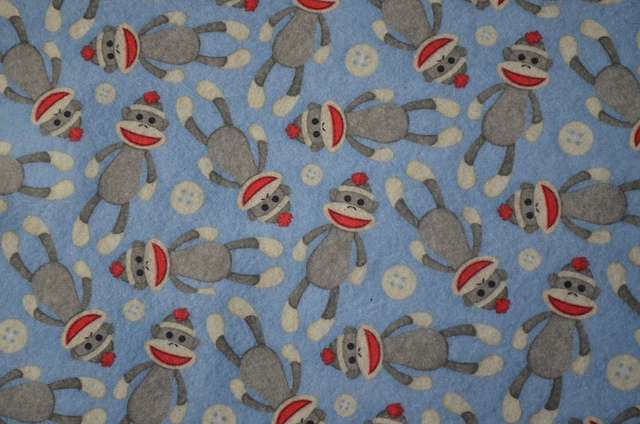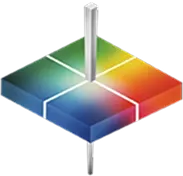
Makers of felt hats depend on manufacturers for consistent coloration. Image Credit: Unsplash user Onur Bahçıvancılar
Felt is a highly diverse fabric, used in applications from clothing to children’s toys to automotive and interior design and many more. Just ask Lucy Sparrow. The artist recently opened 8 ‘Til Late, a bodega near Manhattan’s High Line stocked from floor to ceiling with replica products made entirely of felt, from peanut butter to pickles, burritos to breakfast cereals. So what attracted Sparrow to felt? “Pure practicality,” she says. “It doesn’t fray, and also it’s available in more colors than you can possibly imagine. The color-matching capabilities are absolutely awesome. I like that the whole art practice comes down to one material.” 1
Indeed, color is perhaps the most attractive quality felt, regardless of who is using it. Whether felt is to be part of a greater design or used on its own, felt manufacturers must ensure their products are consistently colored.

Vividly colored felt can even be used by creative bakers to make cupcakes. Image Credit: Flickr user Melanie Hughes



